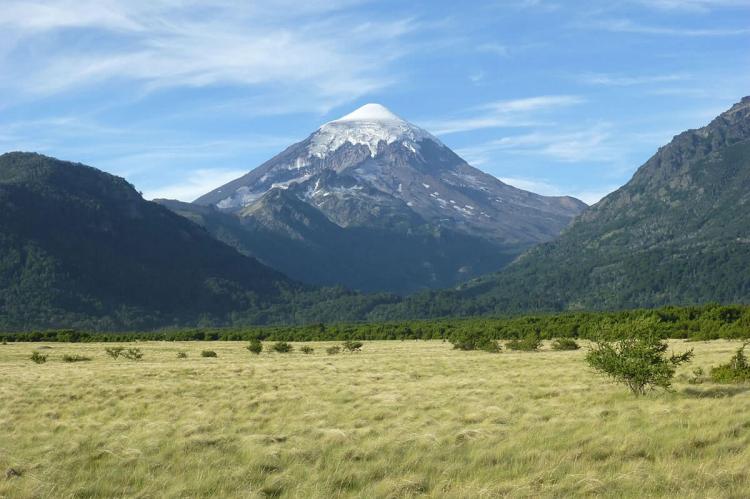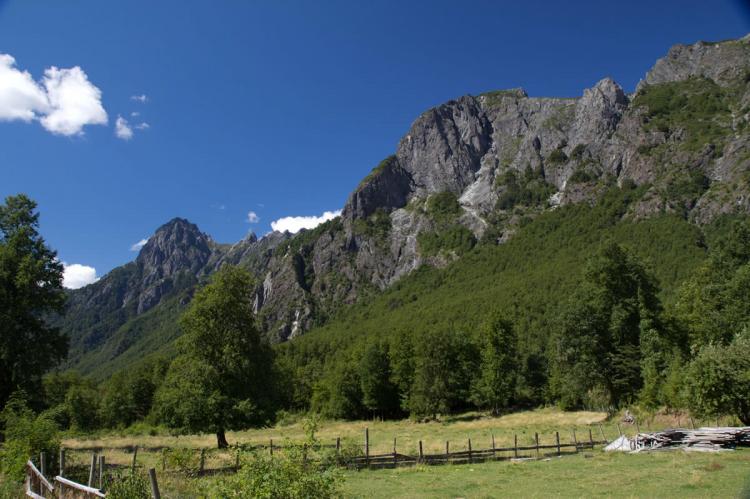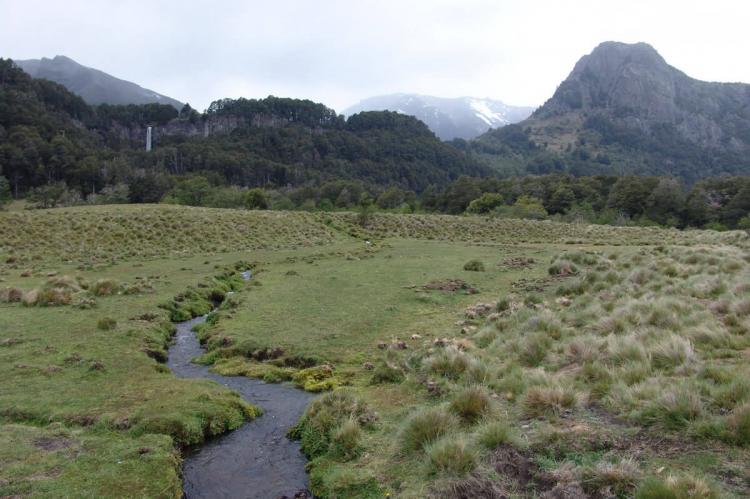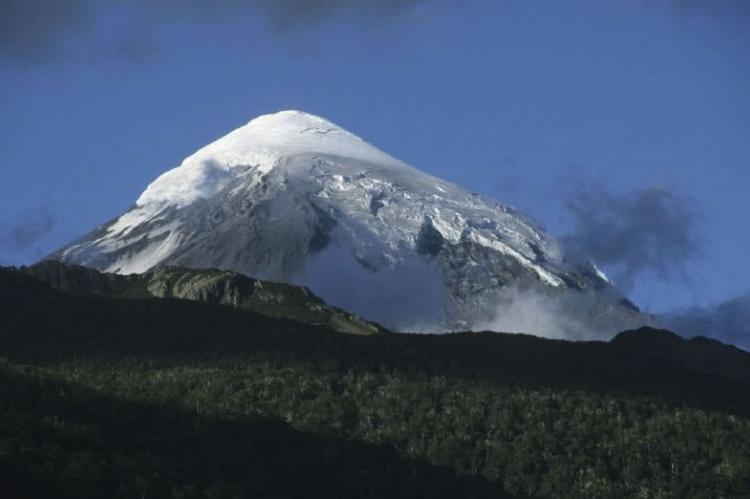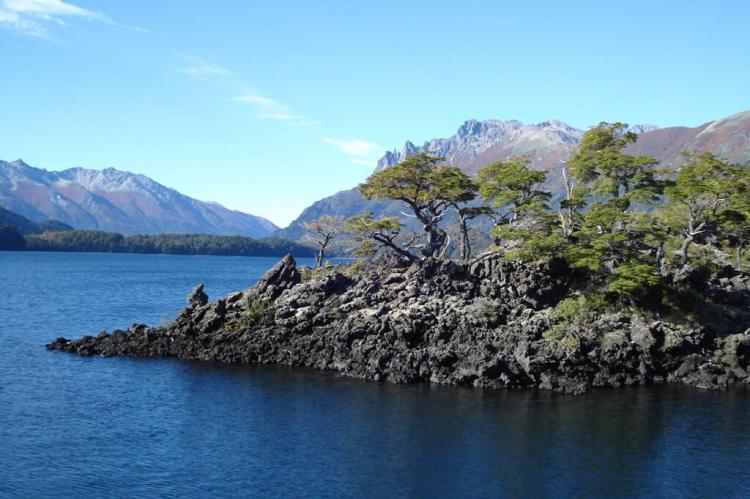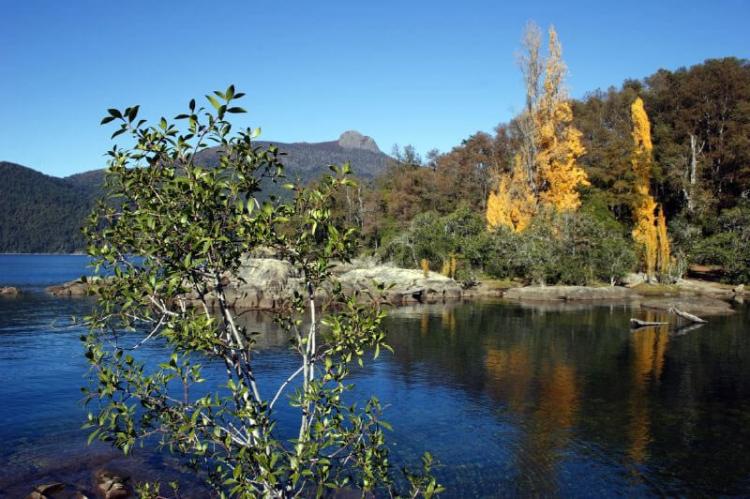Lanín National Park: A Natural Wonderland in Argentine Patagonia
Nestled in southern Neuquén Province in Argentine Patagonia, Lanín National Park is a pristine expanse of natural beauty and ecological diversity. Dominated by the majestic Lanín volcano, the park was created to preserve the unique Andean-Patagonian forests and their diverse species.
Exploring Lanín National Park: The Heart of Andean-Patagonian Wilderness
Nestled in the southern reaches of Neuquén Province in Argentine Patagonia, Lanín National Park is a pristine expanse of natural beauty and ecological diversity. At 413,000 hectares (1,020,000 acres), it is Argentina's third-largest national park, following Nahuel Huapí and Los Glaciares National Parks. Established in 1937, Lanín National Park was created to preserve the unique Andean-Patagonian forests and their diverse species. Dominated by the majestic Lanín volcano, the park is vital to Argentina's natural heritage and a haven for outdoor enthusiasts and nature lovers.
Geographical and Ecological Overview
Location and Landscape
Lanín National Park is located in the heart of Argentine Patagonia, bordering Chile and its Villarrica National Park. The park is named after its highest peak, the Lanín volcano, which stands at an impressive 3,776 meters (12,388 feet). The volcano's name, meaning "Dead Rock" in the native Mapuche language, reflects the region's Indigenous heritage.
The park encompasses a variety of landscapes, including dense forests, glacial lakes, and mountainous terrains. Its diverse ecosystems range from the Southern Andean Steppe to the lush Andean-Patagonian forests. The park is also part of the Camino de Los Siete Lagos (Seven Lakes Route), a renowned scenic route that highlights some of the most picturesque landscapes in Patagonia.
Climate
Lanín National Park experiences a mild and humid climate, with warm summers, abundant spring and autumn rainfall, and frequent winter snowfall. The varied climate supports a rich diversity of flora and fauna, making the park a vibrant and dynamic ecosystem.
Flora and Fauna
Flora
Lanín National Park is home to an array of plant species, many of which are characteristic of the Andean-Patagonian forests. Key species include the iconic Monkey-puzzle trees (Araucaria araucana), Raulí (Nothofagus nervosa), and Roble beech (Nothofagus obliqua). The park also features southern beeches such as lenga, ñire, and coihue, typical of more southerly Patagonian forests.
Fauna
The park's diverse ecosystems support a wide variety of wildlife. Notable bird species endemic to the Andean-Patagonian forest include the Magellanic woodpecker, Austral parakeet, chucao tapaculo, Des Murs's wiretail, and the green-backed firecrown. The dense forests provide a habitat for mammals such as the south Andean deer, southern pudu, puma, and the kodkod (Leopardus guigna).
Lakes and Waterways
Lanín National Park is dotted with numerous glacial lakes, including Ñorquinco, Quillén, Tromen, Huechulafquen, Curruhué, Lolog, Lácar, Meliquina, Machónico, and Hermoso. Most of these lakes drain into the Atlantic Ocean via the Limay and Negro rivers, except Lake Lácar, which empties into the Pacific Ocean. These lakes are integral to the park's ecosystem and offer visitors stunning vistas and recreational opportunities.
Cultural Heritage
Indigenous Influence
The park is home to the Indigenous Mapuche people, who play a crucial role in managing and maintaining the area. The Mapuche's deep connection to the land and traditional ecological knowledge contribute to the sustainable management of the park's resources and the preservation of its natural beauty.
Human Settlements
The town of San Martín de los Andes, located within the park, serves as a gateway for visitors exploring the region. This charming town offers a blend of cultural experiences and access to the natural wonders of Lanín National Park.
Conservation and Sustainable Tourism
Lanín National Park is part of the Andino Norpatagónica Biosphere Reserve, which includes four other national parks. This designation underscores the park's significance in global conservation efforts. The park's management prioritizes preserving its unique ecosystems while promoting sustainable tourism. Visitors can enjoy various activities, including hiking, bird watching, and exploring the picturesque lakes, all while respecting the natural environment.
Conclusion
Lanín National Park is a testament to Argentina's commitment to preserving its natural heritage. With its breathtaking landscapes, diverse ecosystems, and rich cultural history, the park offers a unique and enriching experience for all who visit. Protecting and celebrating this natural wonder ensures that future generations can continue to enjoy and learn from its pristine beauty and ecological significance.
